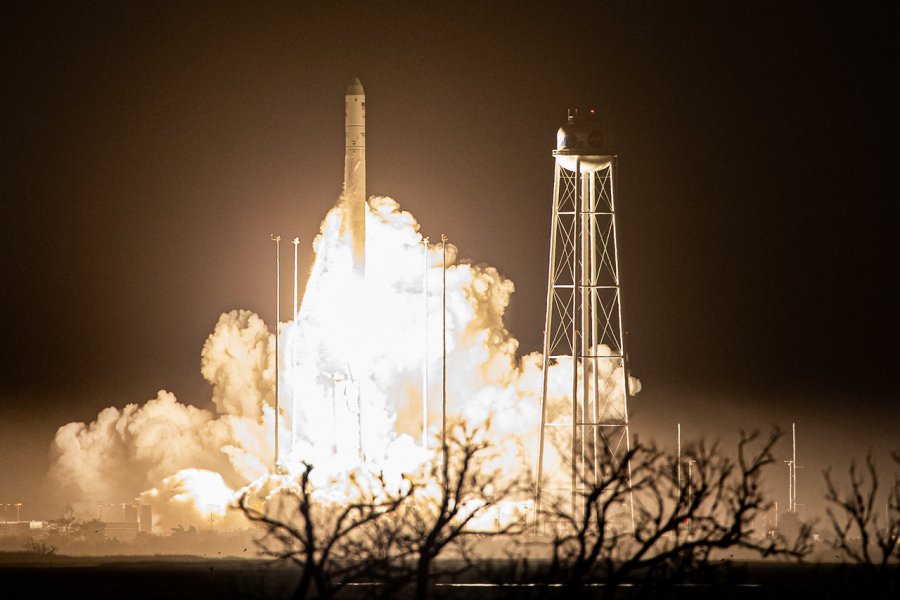
Another piece of Trentino flew into space. The University of Trento, less than four months after the launch of the Juice probe directed to Jupiter, is once again protagonist of an extraterrestrial scientific experiment. On 4 August, the miniature biochemical laboratory ZePrion successfully arrived on the International Space Station (ISS). It will have the task of confirming the functioning of an innovative protocol for the development of new drugs against serious neurodegenerative diseases. The protocol, which can only be tested in microgravity conditions, was developed by two researchers from the University of Milan-Bicocca, the University of Trento and the National Institute of Nuclear Physics. Several international academic institutions and the Israeli company SpacePharma are involved in the mission. On the Italian side, the Telethon Foundation and the Institute of Agricultural Biology and Biotechnology of the National Research Council (CNR-Ibba) are also participating in the project.
The goals of ZePrion
ZePrion was created with the aim of confirming the molecular mechanism behind a new pharmacological research technology called Pharmacological Protein Inactivation by Folding Intermediate Targeting. PPI-FIT is based on the identification of small molecules (called ligands) capable of joining the protein that constitutes the pharmacological target during its spontaneous folding process, thus preventing it from reaching its final form and causing disease.
Why microgravity
In order to validate the technology, it is necessary to be able to obtain a high-definition image of the binding between the therapeutic molecules and the intermediate forms of the target proteins, so as to definitively confirm the interruption of the folding process. Typically, this type of image is obtained by analysing with X-ray crystallography the crystals formed by the ligand-protein complex. However, in the case of proteins in intermediate form, gravity prevents crystal formation, making experiments on Earth impossible. This prompted the researchers to exploit the microgravity condition present on the International Space Station.
The prion protein
The researchers will work specifically on the prion protein, whose altered form causes mad cow disease and serious neurodegenerative diseases such as Creutzfeldt-Jakob disease and familial fatal insomnia.
In orbit, it will be possible to generate crystals of a complex between a small molecule and an intermediate form of the prion protein, which under ‘normal’ gravity conditions would not be stable. These crystals will then be analysed using X-ray radiation produced by particle accelerators to provide a three-dimensional photograph of the complex at atomic resolution detail. Non-crystalline samples obtained at the ISS will also be analysed by Transmission Electron Cryo-microscopy (Cryo/EM).





